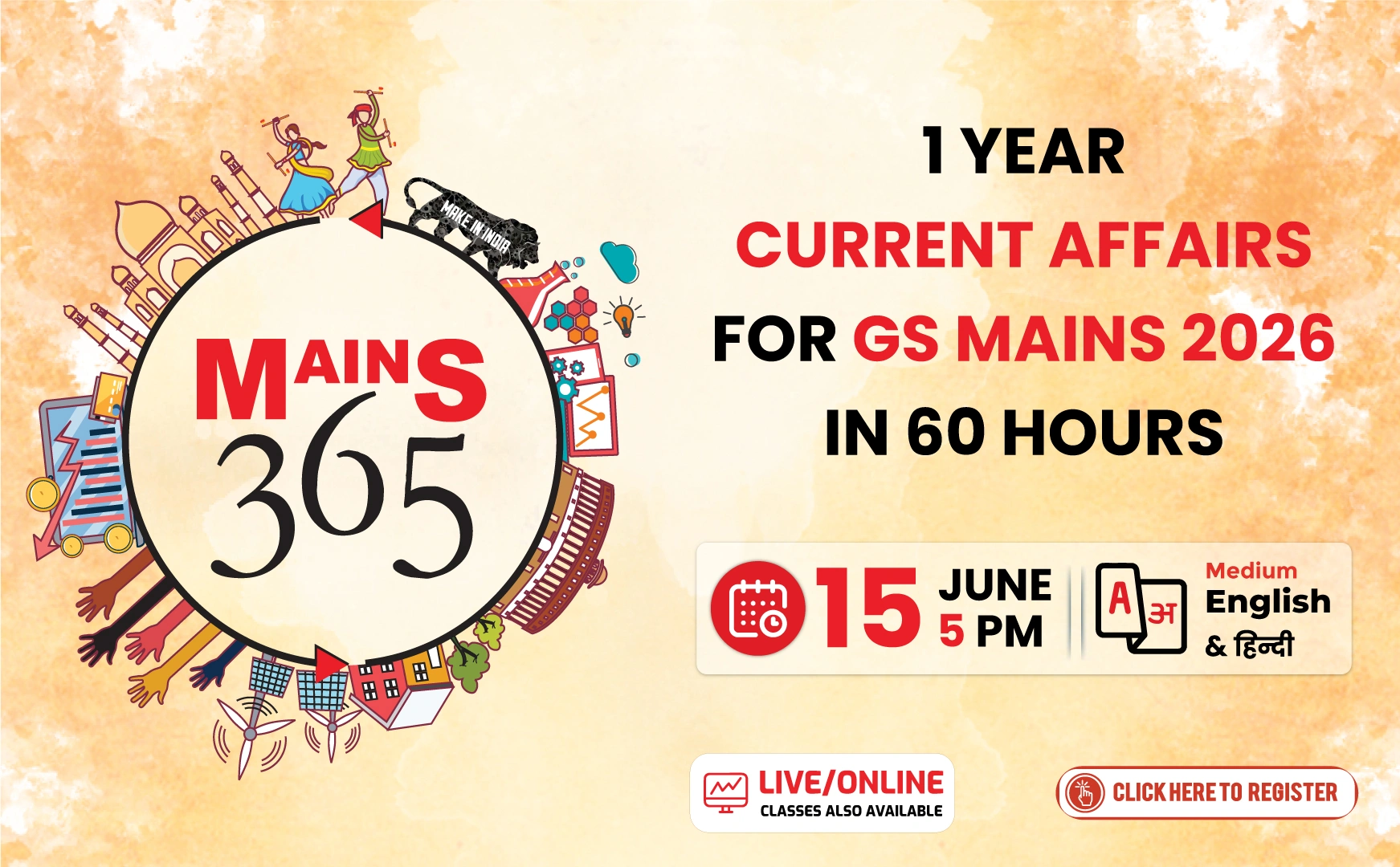US-India Trade Relations
The United States has expressed concerns over India’s high import tariffs in key sectors including automobiles, agricultural goods, medicines, and alcohol, ahead of imposing reciprocal tariffs.
US Concerns and Tariff Details
- The US highlighted "sudden" tariff changes and regulatory hurdles as non-tariff barriers to American exports.
- According to the US Trade Representative (USTR) report, India's average applied tariff rate was 17% in 2023, the highest among major world economies, though it has dropped to 10.66% following tariff cuts.
- Key tariffs include:
- Vegetable oils: 45%
- Automobiles and flowers: 60%
- Alcoholic beverages: 150%
- High customs duties were noted on drug formulations and essential medicines.
Challenges and Responses
- The USTR argued the gap between India's bound and applied tariff rates creates uncertainty for US stakeholders.
- President Trump announced reciprocal tariffs on all countries, emphasizing a push for fairness and reform of trade barriers.
Digital and Investment Policies
- Concerns were raised about India's Digital Personal Data Protection Act, which may impose burdensome requirements on data fiduciaries.
- India increased the FDI cap in insurance from 74% to 100%, but clarity on removing board member safeguards is pending.
Key Points from 2025 Report
- High import duties on key sectors remain a concern.
- Proposed data privacy rules could impose significant burdens.
- US-India engagement continues on issues like the laptop import monitoring system and dairy import restrictions.



